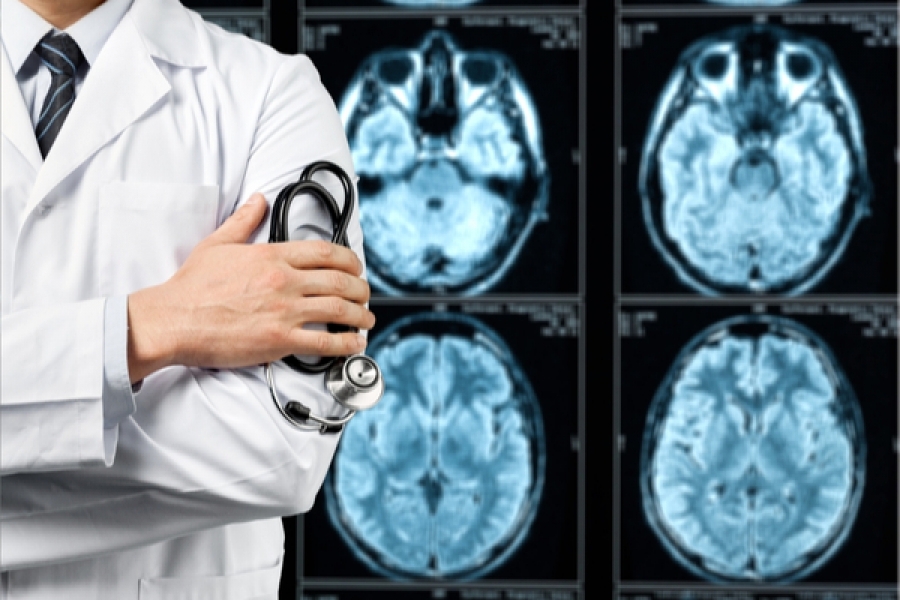If you’ve been struggling with ongoing health issues, you know all too well that being prescribed medication can sometimes do more harm than good. And after seeing doctor after doctor without experiencing any real relief, you may be feeling frustrated and hopeless. The good news is, as scientists continue to learn more about the brain and its relationship to the way we think, feel, and act, healthcare professionals can better treat a wide range of symptoms and conditions. Neurofeedback, specifically, has become an increasingly popular treatment method for a wide range of symptoms and conditions including everything from anxiety and depression to concussions and traumatic brain injuries. If you’re interested in neurofeedback in DTC, you’ve come to the right place.
What is neurofeedback?
Neurofeedback, or EEG biofeedback, is a type of biofeedback therapy that uses operant conditioning to change the way your brain functions. Neurofeedback treatment involves measuring your brainwaves in real-time so you can learn to better control them.
When your brain is functioning optimally, a visual or auditory reward is given. In doing so, your brain learns how to function to its full potential. Think of it almost like physical therapy for the brain.
How does it work?
To understand how neurofeedback works you must first understand that your brain has the ability to change the way it functions. Over the last several decades, research has found that our brains are malleable—that new neural pathways can be created in response to learning or injury.
In order to get your brain to create these new pathways, you need to leverage the power of operant conditioning. If you think back to your high school or college psychology class, you may recall learning about Pavlov’s dogs. Every time he rang a bell, they received a treat. And after enough repetition, the dogs learned that the bell leads to treats and started salivating every time they heard the bell. This reinforced that classically conditioned stimuli (the treat) can enhance operant behavior (salivating).
Though this might sound basic or overly simplified, humans learn in very similar ways. And science has found that we can use operant conditioning to teach our brains to function better. In neurofeedback specifically, this can be accomplished by pairing your brain activity with desirable or undesirable outcomes. When desirable brainwave activity is accomplished, a reward is given. When undesirable brainwave activity occurs, that reward is taken away.
Repeated exposure to rewards and losses helps bring about long-lasting changes in the way our brains operate, similar to what happened with Pavlov’s dogs.
What does neurofeedback treat?
Neurofeedback can be used to treat a wide range of symptoms and conditions. Here at Braincode Centers, we typically use neurofeedback to treat:
- Attention Deficit Hyperactivity Disorder (ADHD)
- Anxiety
- Attachment Disorder
- Autism Spectrum Disorder (ASD)
- Bipolar Disorder
- Concussions
- Depression
- Memory Loss
- Migraines
- Mood Disorders
- Insomnia
- And TBIs
Even if you don’t struggle with one of these conditions, you can still benefit greatly from neurofeedback to increase overall cognitive performance and focus.
Learn more about neurofeedback at DTC
If you’re interested in better brain balance, reach out to us at Braincode Centers. We offer neurofeedback at DTC so you can start living a happier, healthier life.
So, what are you waiting for? Contact us today to schedule your free consultation.

